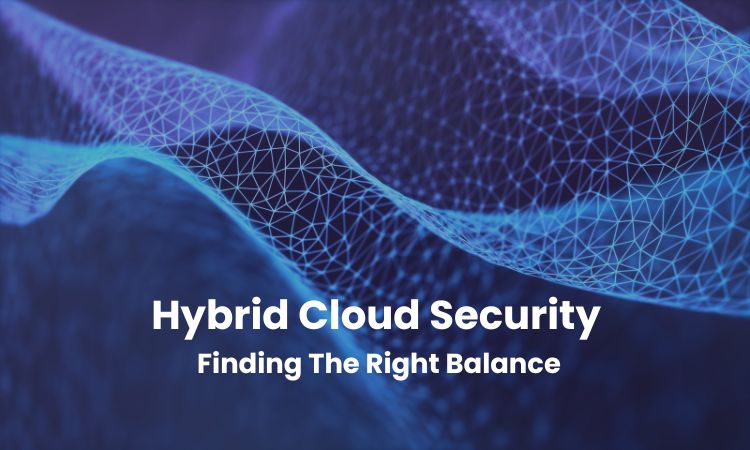What is Hybrid Cloud Security?
Think of hybrid cloud as a mix of private cloud (like having your own data center) and public cloud (like renting space on someone else’s servers). It lets you keep sensitive stuff on your private cloud and use the public cloud for less sensitive tasks. But ensuring everything stays safe across this mix can be tricky.
Challenges in Keeping Hybrid Clouds Secure
- Protecting Data: Keeping data safe as it moves between different cloud setups is tough. There’s a risk of someone sneaking in and stealing data or causing a breach.
- User Access: Managing who gets access to what across different systems is a puzzle. You want to make sure the right people have access, but not the wrong ones.
- Following Rules: Meeting rules and regulations (like GDPR or HIPAA) becomes more complex when your data is spread out in different places.
- Keeping Track: It’s hard to keep an eye on everything when your data is in different clouds. You might miss security issues or not know who’s doing what.
Strategies for Keeping Control and Flexibility
1. Set Up Strong Security:
Put in place a good security plan covering all your cloud setups. This includes things like making sure data is encrypted, setting up access controls, and using tools to watch for intruders.
2. Encrypt Your Data:
Keep sensitive data safe by encrypting it. This means turning it into a secret code that only you can decode. It’s like putting your data in a super-secure lockbox.
3. Manage Who Can Access What:
Use tools to control who can access different parts of your systems. Also, add extra layers of security like requiring more than just a password to log in.
4. Regular Checks:
Keep an eye on your security setup regularly to make sure everything is working as it should. This helps catch problems early and keeps you in line with rules and regulations.
5. Keep Different Parts Separate:
Divide your systems into sections, and keep sensitive stuff separate from less sensitive things. It’s like having different rooms in your house for different purposes.
6. Follow Cloud Safety Tips:
Stick to best practices recommended by your cloud providers. They often have built-in security features you can use to protect your data.
7. Watch Closely and Act Fast:
Use tools that keep an eye on your systems all the time. If something goes wrong, you can respond quickly to fix it and limit any damage.
Conclusion
Hybrid cloud gives companies a lot of flexibility and cost savings, but keeping everything safe needs careful planning. By using encryption, controlling who can access what, and keeping an eye on your systems, you can strike a balance between flexibility and control while keeping your data and apps safe. As technology changes, staying alert and updating your security plans will be key to keeping your hybrid cloud setup secure.

